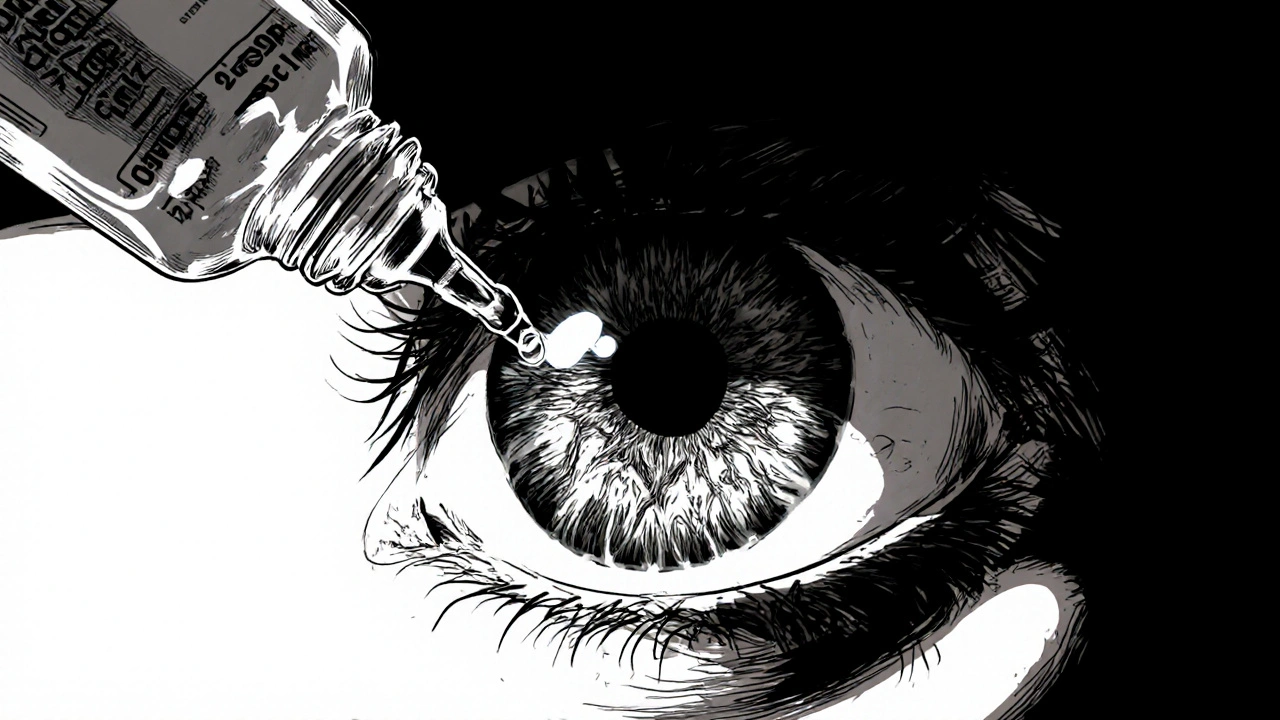Ocular Inflammation: What It Is and Why It Matters
When dealing with ocular inflammation, inflammation that can involve the iris, sclera, conjunctiva, or other eye structures. Also known as eye inflammation, it often signals an underlying problem that needs attention. ocular inflammation can appear suddenly or develop over time, and it may affect vision if left unchecked.
One of the most common sub‑types is uveitis, inflammation of the uveal tract (iris, ciliary body, and choroid). Uveitis frequently links to autoimmune disorders, infections, or trauma, and it can cause pain, light sensitivity, and blurred vision. Another related condition is scleritis, a painful inflammation of the sclera, the white outer coating of the eye. Scleritis often co‑exists with systemic diseases like rheumatoid arthritis and may lead to thinning of the sclera if not treated promptly. conjunctivitis, inflammation of the conjunctiva, the thin membrane covering the white of the eye and inner eyelids is the milder, more common cousin, usually caused by viruses, bacteria, or allergens and marked by redness and discharge. These three entities illustrate how ocular inflammation encompasses a range of disorders that differ in depth, severity, and underlying causes.
Managing Inflammation: Diagnosis and Treatment
Diagnosing ocular inflammation starts with a thorough eye exam, dilated fundus photography, and sometimes lab work to pinpoint infectious or autoimmune triggers. Imaging tools like OCT (optical coherence tomography) help clinicians see inflammation layers, while slit‑lamp evaluation reveals surface details. Once the cause is identified, treatment typically follows a stepwise approach: topical steroids like prednisolone acetate are first‑line for many cases, while systemic steroids or immunosuppressants become necessary for deeper or chronic inflammation such as scleritis. For viral or bacterial causes, appropriate antivirals or antibiotics are added. Patients often wonder whether they can self‑manage; the short answer is no—eye inflammation can progress quickly, so professional evaluation is essential.
Beyond medication, lifestyle tweaks can reduce flare‑ups. Wearing UV‑blocking sunglasses, staying hydrated, and managing systemic conditions (e.g., controlling blood sugar for diabetic eye disease) all play a role. Eye drops that contain lubricants also help soothe surface irritation in conjunctivitis and mild uveitis. When you combine proper diagnosis, targeted therapy, and preventive habits, the outlook for most ocular inflammation cases is good, and vision loss can be avoided.
Below you’ll find a curated set of articles that break down specific drugs, compare treatment options, and give practical tips for dealing with eye‑related inflammation. Dive in to see how different medications stack up, learn safe purchase guides for common prescriptions, and get the latest advice on keeping your eyes healthy.

Fluorometholone for Uveitis: Benefits, Dosage, and What to Watch For
Learn how fluorometholone works for uveitis, proper dosing, benefits, risks, and patient tips in this comprehensive guide.




